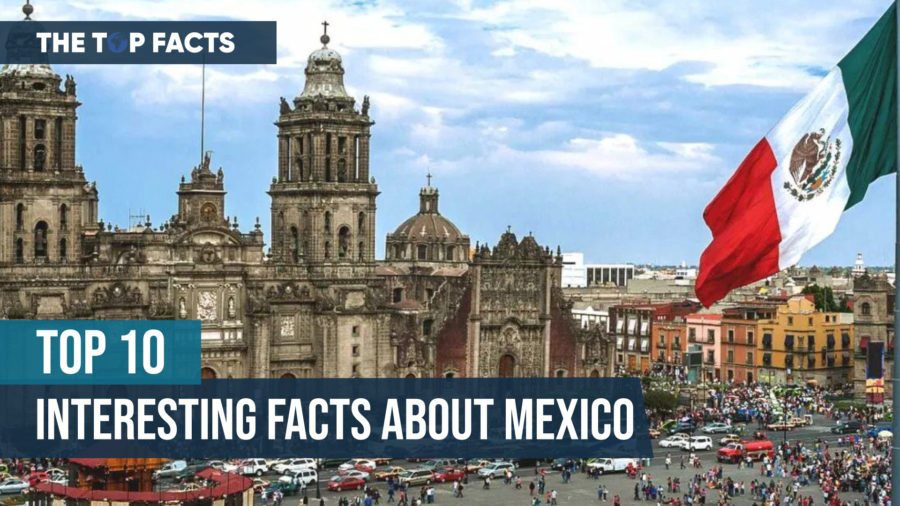
Top 10 Interesting Facts About Mexico
Table of Contents
Looking for fresh, amusing, and fascinating facts about Mexico? Mexico is a remarkable nation in North America with huge beaches, a distinct culture, and top-notch cuisine. We have it on top of our list of places to visit and after reading this you will too!
When you consider Mexican culture, what first comes to mind? Mariachis, tacos, tequila, stunning beaches, and cactus? All of these associations are valid, but Mexico’s natural and cultural variety goes much beyond that. We have made the following list of top 10 interesting facts about Mexico that will reveal some additional features of the nation that you almost certainly weren’t aware of. we bet you don’t know what Mexico’s actual name is??… keep reading to learn all about it.
In Mexico, 69 different languages are spoken.
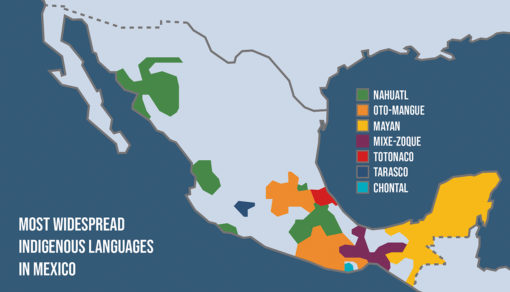
1 of our top 10 most interesting facts about Mexico is why Mexico is ranked among the nations with the greatest linguistic variety. There are 68 indigenous languages in addition to Spanish, some of which are Nahuatl, Mixteco, and Otom. Mexico boasts the greatest diversity of indigenous languages on the American continent. The indigenous languages are acknowledged as national languages, just like Spanish.
In fact, the federal government formally acknowledges 364 different indigenous language variants and 68 linguistic groups. The number of individuals who use these languages every day is estimated to reach 8.3 million, with Nahuatl being the most common at more than 1.7 million, and Yucatec Maya at around 850,000. Moreover, around 500,000 people each speak Tzeltal and Tzotzil, two other Mayan languages, mainly in the southern state of Chiapas. Two more significant linguistic groupings are Mixtec and Zapotec, each with an estimated 500,000 native speakers.
The biggest pyramid in the world is located in Mexico.
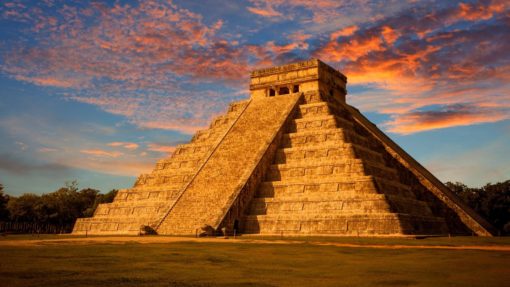
Number 2 of our top, most interesting facts about Mexico is the largest pyramid in the world is located in Mexico’s Federal State of Puebla, not Egypt. It is known as the Cholula Pyramid. Despite being less well-known, the pyramid is substantially bigger than the pyramid of Giza, standing 66 meters tall with a 400-meter base and a total capacity of 4.5 million cubic meters. said to have been constructed in honor of one of the central Aztec gods, Quetzalcoatl (pronounced ketz-al-coe-uh), The Cholula pyramid is essentially unseen despite its enormous size since it is tucked beneath a mountain. The striking structure is the church that the Spanish conquerors erected atop the pyramid.
Technically speaking, Mexico’s name is not Mexico at all.
Mexico, which was formerly a part of New Spain, became the First Mexican Empire after waging a protracted, brutal battle against its colonial oppressors. In 1824, it changed its name to the First Mexican Republic; now, it is the United Mexican States. Like the United States, the nation is divided into states.
There are 31 states and a Federal District in Mexico. Each state has its laws, rules, and police. Formerly, Mexico’s capital was located in the Federal District or Distrito Federal. The majority of people think that Mexico City has always been the nation’s capital, however, this wasn’t the case until 2016. Because the metropolitan region of Mexico City is located within the Federal District, it becomes difficult to recall. Capital dwellers are those who reside in the Federal District alone.
Latin America’s most popular tourist destination is Mexico.
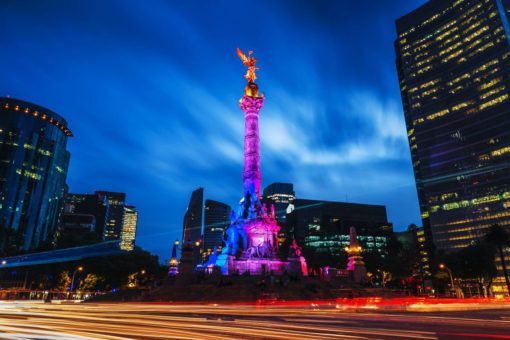
Comes at number 4 on our list of the top 10 most interesting facts about Mexico is not a well-known fact that Mexico is the Latin American nation with the most foreign visitors and is rated #10 globally, according to World Tourism Organization reports. Mexico has the 15th greatest tourism revenue in the world as of 2017, making it the most lucrative country in Latin America. It was also the sixth most visited country overall. The United States and Canada receive the great majority of visitors to Mexico, followed by Europe and Asia. Fewer people are also from other Latin American nations. Mexico was the most tourist destination placed third in the Americas and 22nd overall in 2017
Travel and Tourism Competitiveness Report.
This is hardly surprising given the variety of environments and cultures Mexico offers. UNESCO has designated 32 places in the nation as World Cultural Heritage sites. Once more, Mexico is ranked first in the American continent and sixth overall in this area.
The majority of immigrants in Mexico are Americans.
In Mexico, Americans make up the majority of foreign-born residents. In fact, more Americans are coming to Mexico than vice versa. Many Americans are surprised by the cuisine when they relocate to or travel to Mexico. Authentic Mexican food is different from what is referred to as Tex-Mex in the United States.
Moreover, Mexicans don’t consume rice-filled burritos or burritos made in the way of Chipotle restaurants do. Except for the northern part of the country, burritos are not too common there. True Mexican cuisine is less spicy than the Mexican cuisine found in Mexico, which is another distinction between the two cuisines. Instead, the limes’ use makes it taste sour.
Mexico was hit by the meteorite that killed off the dinosaurs.
The Yucatán peninsula in Mexico was struck by the meteorite that wiped off the dinosaurs 65 million years ago. A crater of 180 square meters and more than 600 meters deep was left behind. The crater was discovered in 1981 during oil well drilling by PEMEX employees. More specifically, the direct collision occurred in the Yucatan beach town of Chicxulub (pronounced chee-chee-lube), which is now known.
Read Also: 10 Most Beautiful Capitals in the World
The Aztecs believed that smallpox was God’s punishment.
The Aztec Empire’s citizens believed the outbreak was god’s retribution because they had never experienced such. They accepted Catholicism as a result of their belief that the Christian god was more powerful. Consequently, one of Mexico’s intriguing features is that a significant portion of its people is Catholic. The only nation where there are more Catholics than Mexico is Brazil.
Mexico has 97,864,218 Catholics, making it the second-largest Catholic nation in the world overall, after Brazil. Moreover, Weekly church services are attended by 47% of them. The patron saint of Mexico’s feast day, which is observed on December 12, is regarded by many Mexicans as the most significant religious event in their nation.
Mexican cuisine has been designated as World Cultural Heritage.
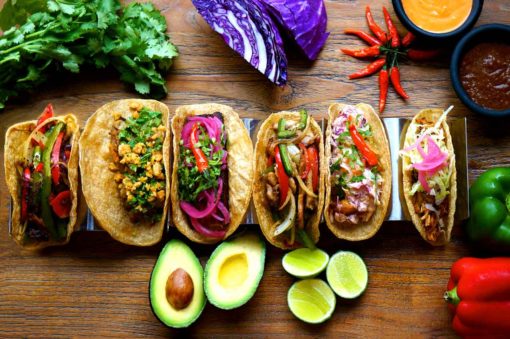
Traditional Mexican food, which includes tacos, enchiladas, and of course Picante, is renowned for its versatility and is loved throughout the world. You can discover some delectable snacks that are high in protein and, of course, organic if you can get beyond the strangeness of eating bugs. Mexico has a wide variety of delicious insects. The Aztecs survived the day on fat-free bugs they discovered wandering the grounds rather than meat. If you want to take a chance while traveling in Mexico, try a tasty critter.
Hence, Mexican food was included on UNESCO’s list of immaterial world cultural heritage in 2010. Mexican food has roots in colonial times when Spanish cooking was combined with indigenous preparations to create a distinctive fusion. Among the various indigenous ingredients are corn, avocado, beans, and chocolate. In fact, there are 64 different types of maize grown in Mexico.
Mexico is much bigger and more populated than you think.
Mexico is the 10th most populated country in the world and has the most Spanish-speaking people. with a total size of 1,972,550 square kilometers (761,610 sq mi), ranking it as the 13th-largest country in terms of land area. Mexico sought to have its prehistoric history recognized internationally, and as a result, it boasts the most UNESCO World Heritage Sites in the hemisphere. European thought has also been influenced by the high level of indigenous civilization before the Europeans’ arrival.
Mexico has a long and rich history, as evidenced by the 34 UNESCO World Heritage Sites that are located there. Mexico City, Puebla, and Guanajuato are a few of the most well-liked historic districts. Along with the agave fields of Tequila, it is also home to numerous ancient ruins, the best notable of which is Chichen Itza. The nation is situated in the heart of the circum-Pacific belt, also referred to as the “Ring of Fire,” which is notorious for its frequent earthquakes and volcanic eruptions.
Mexico City, formally known as Great Tenochtitlan was built on a lake – it’s sinking!
Though last on our list of most interesting facts about Mexico this fact will blow you away with its Bizarre and dangerous details. The Great Tenochtitlan, the Aztecs’ capital city, was built here because it was a sacred site. Cenotes are the lakes on top of which Mexico City was constructed. Later, the Spaniards decided to build their metropolis on top of the Aztec structures, creating a new settlement called New Spain that would eventually become Mexico City.
Tenochtitlan appeared to be a good location for the capital of Mexico because it was formerly an old city with a population of over 150,000 people situated on an island in the center of a lake. The lake was filled in, the property was claimed, and Ciudad de Mexico was built as a result. Hence, the opulent Aztec capital of the globe was originally located in Tenochtitlan, which today is known as Mexico City. One of three UNESCO World Heritage Sites in Mexico City, Centro Historico, offers tours of the ruins of its Templo Mayor (Main Temple). Compared to Venice, Italy, which sinks about 2 mm annually, it sinks about 12 cm.
Cristina Bugatty is Editor at The Top Facts. She has been a factual writer for the last eight years. She Enjoys writing about anything techy, nerdy, or factually interesting.

